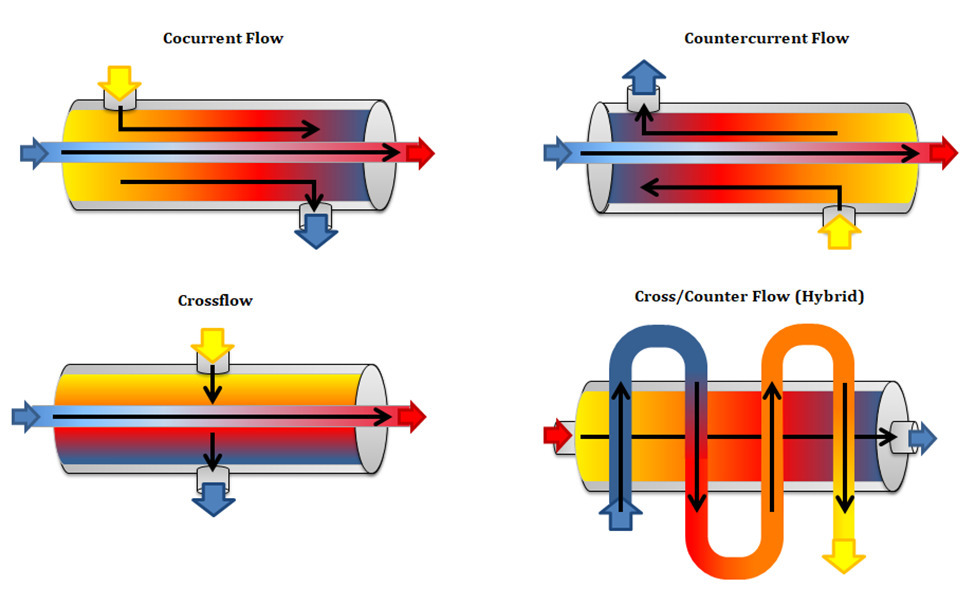Types of Heat Exchanger are common parts of several devices and machinery used in many industries today. Heavy industries such as petroleum gasoline plants, power plants, sewage treatment facilities and oil refineries use them in their equipment. The machinery used in such industries not only need constant tune up, they also need continuous cooling. Heat exchangers perform this job for them.
Definition:
Heat exchangers are devices that are installed to facilitate efficient heat transfers from one medium to another. These mediums are usually in the form of water and other liquids. The process involves liquids being separated by a thin solid wall. It will keep it from being in direct contact with each other. There are also heat exchangers that let these liquids mix during the transfer process.
Different types:
There are several types of heat exchangers. Here are three more types of common exchangers typically use in many of today’s devices:
- Plate Heat
These types has several plates that are usually thin and slightly separate when place in the machines. They are usually large in surface area which enables it to process heat transfers between mediums easily. Compared to the shell and tube, plate heat exchanger is said to be more effective because it features stacked-plate arrangement. Over the years, many machines have converted to these type because of its practicality and efficiency of use. In machines such as a refrigerator, these can either one of two types: dip-brazed or vacuum-brazed.
These devices can also be classified based on the types of plates that they use. They can also differentiate by the configurations of the plate being use. Some plates can have their own unique designs with different stamps, patterns, fins or grooves.
Double pipe heat exchangers:
One of the cheapest heat exchangers in terms of design and maintenance. It is Double pipe heat exchanger that makes them a good option for small industries. The process of heat exchanging in these exchangers performs by one fluid flowing inside the tube. The other fluid moving on the outside. Although this kind of heat exchanger is simple and cheap in design and maintenance. Their low efficiency along with their high space occupied on large scales. It has caused modern industries to use more efficient heat exchangers like shell and tube.
Shell and tube heat exchangers:
This type of exchanger family with their various construction modifications is probably the most widespread. It is use commonly used heat exchanger in the industry. Shell-and-tube heat exchangers are further categorize according to the number of shell and tube passes involve. Shell and tube heat exchangers with pressures greater than 30 bar. Temperatures greater than 260 °C are typically use for high-pressure applications. The shell and tube heat exchangers thanks to their shape can withstand high pressures. This type of exchanger possesses some small bore-pipes fitted between two tube plates that primary fluid moves through these tubes.
The tube bundle is set inside a shell. The secondary fluid moves through the shell and over the surface of the tubes. This design is widely use in nuclear engineering as the steam generator. The heat exchange surface is maximize to increase the amount of heat transfer and the power generate. To maximize the surface, this design is benefit from tubes.

